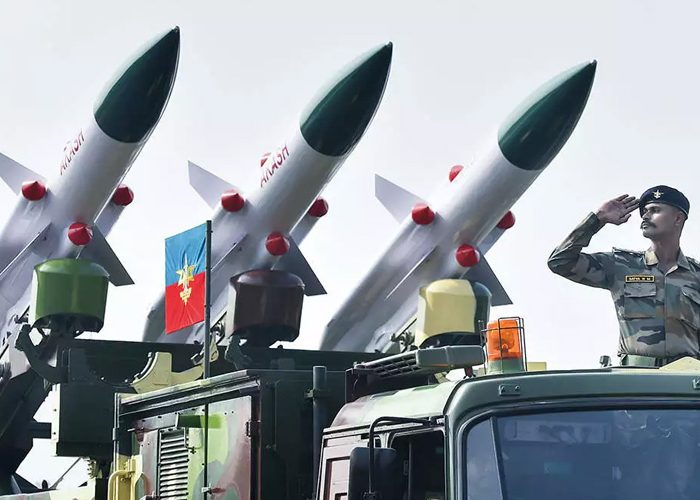
India Aims to Advance its Defense Sector Via Acquiring Critical Weapons Systems
The Indian defense sector is arming up with critical weapons to face future adversities
The Indian defense sector is a strategically important sector. The country has been pushing towards greater indigenization of military hardware as the country imports around 70% of its high-tech defense equipment such as aircraft, ships, submarines, missiles, and other tools, specifically from military-rich countries like Russia, Japan, Israel, and the United States. Earlier, there was hardly any development in the defense sector in India. It was only during the British era that ordnance factories were set up to manufacture guns and ammunition. Then in 1947, the new government planned to establish laboratories for the Defense Research and Development Organization (DRDO). Since then, India’s defense initiatives have taken a critical turn, leading to significant growth. Currently, the Narendra Modi-led government is planning to grant Indian defense forces emergency acquisition powers for critical weapons, or other critical systems that can fast-track India’s route to intense security and success.
The purpose of advancing the preparedness of the armed forces triggered the Defense Ministry to give permission to the armed forces to buy critical weapon systems under emergency acquisition powers. The proposal for issuing emergency acquisition powers to India’s defense forces was cleared in a high-level ministry meeting, attended by the top government officials. The powers were actually granted at a time when China has been demonstrating aggressive moves on the Taiwan front, holding multiple missile firings, and also carrying out AI experiments for security and defense purposes. Meanwhile, Pakistani agencies have also been trying to carry our defense operations along the maritime border near the Gujarat coast. The acquisition of emergency powers will facilitate forces to acquire any new or in-service equipment on a fast-track basis to improve the preparedness of armed forces during conflict situations. The forces can spend their own funds on these new acquisitions and they would not even need to wait for the defense ministry’s approval for these deals.
Army and IAF are Determined to Strengthen their Powers
Reportedly, the defense forces have already advanced their preparedness through the acquisitions of weapons like ‘Heron’, the unmanned aerial vehicle that has now been deployed for surveillance in Ladakh as well as in the northeast for keeping eyes on the Chinese troops. The forces now have missiles that can hit ground targets from long ranges. The Rafale fighter jets have also received a boost with the introduction of the HAMMER missiles which can hit hardened ground targets like bunkers from a very long distance. Besides these, the Army and the IAF have also strengthened their smaller arms as the Sig Sauer assault rifles have been introduced to all three forces now.
Over the past couple of years, the Ministry of Home Affairs has targeted the development of India’s Homeland Security-focused infrastructure, like the creation of a centralized comprehensive database called National Information Grid by combining individual databases of several government agencies, setting up the CCTNS and modernization programs for providing better equipment and training the security forces about the internal security of India. Besides, enhancing security over the ground, the country has also proliferated its digital security by deploying avant-garde cybersecurity tools. In a nutshell, India is preparing itself against attacks that might be likely, given the preparedness of battle among other nations.











